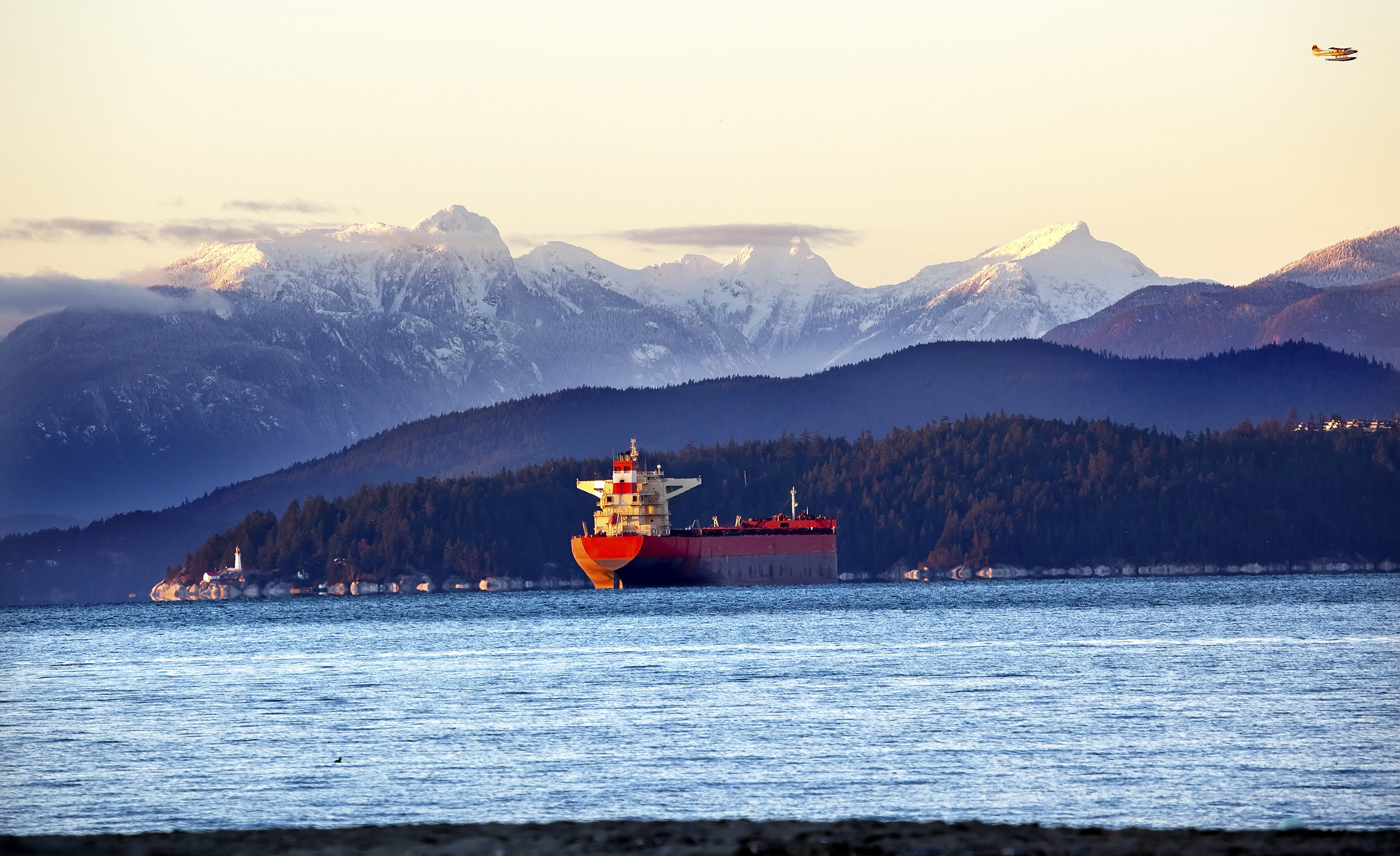THE operational experience of some of the world’s first ever methanol-powered tankers could help other shipowners in their strategic decisions relating to the 2020 sulphur in fuel regulations.
Vancouver-based Methanex, through its wholly owned subsidiary, Waterfront Shipping, ordered a fleet of seven new vessels for its methanol supply chain.
They opted to work with MAN Diesel and Turbo, the engine maker, to build vessels that can be fuelled by the same product they will carry. As well as being a cleaner fuel than oil-based bunkers, the decision was also a good statement for Methanex about the viability of methanol as a marine fuel.
Of the seven vessels two are owned by Norwegian owner Westfal-Larsen, three by Mitsui OSK LIne and two by Sweden’s Marinvest. All were delivered last year and all have been operating without incident says Waterfront.
The ME-LGI engines aboard the vessels can run on methanol, heavy fuel oil, marine diesel oil, marine gas oil, or a mix of any of them. It is the experiences from two of the vessels, owned by Marinvest, that shed a little bit of light on the rigours of having vessels operating with a range of fuel products, each with different sulphur levels, and each with different lubrication demands on the engine cylinders. The experience has now led to a white paper by Chevron Marine Lubricants.
The companies say the two vessels have a combined total of 7,000 hours (about 145 days) running on methanol since delivery, indicating that there has been a significant mix of fuel types in the engine.
The vessels have been operating out of Methanex’s production facilities and going in and out of emission control areas, with a 0.1% sulphur in fuel limit, and other waters where the limit is currently 3.5%. Different sulphur levels impact the lubricity differently, and this leads to the need for different grades of lube oils in the cylinders. The main issue being the Base Number, or BN, which is an indication of acidity or alkalinity. When sulphur in fuel is part of the combustion process in the engine cylinder it can react with any water to create an acid. The right lubricant will help neutralise this, reducing corrosion. Lube-oil is continually fed into the engine during operations
There will be added complexity of course when the global sulphur cap drops to 0.5% from 3.5%. Experts point to the uncertainty of how fuel suppliers will mass produce fuels with such a sulphur specification, the result could be a range of fuels with a range of lube oil demands.
“This makes it very tricky to know to which level to limit the cylinder oil to the liners, and what the BN of the cylinder lubricant has to be. In fact, one of the biggest concerns when we ordered the engines early on was the effect that dual-fuel operation has on the liners, and it is something no-one could really answer,” says Fredrik Stubner, Director Ship Management, Marinvest Shipping AB.
The reason Chevron was interested in creating a marketing white paper was to highlight the range of issues and how it sees the problem being solved. Dynamic sampling of the used lube oil is one solution to determine iron wear and corrosive wear as well as resultant BN number from the used oil, thus helping determine the right lube oil mix.
“When we look at optimizing the feed rates and lubrication of two-stroke engines, the two main parameters are BN and iron”, Chevron account manager Bert Van Cleemput is quoted as saying in the white paper. He worked closely with Marinvest on creating a lubrication package for these pioneering vessels, and attributes the success of the project to the company’s DOT.FAST program, which early on indicated areas for improvement in feed rate settings and engine hardware.
The vessels also have MAN’s Automated Cylinder Oil Mixing system to ensure the right cylinder oil dosage is utilized at all times. For new engines being delivered this system is now standard.
The whitepaper can be downloaded here.
Fathom-news.com
































